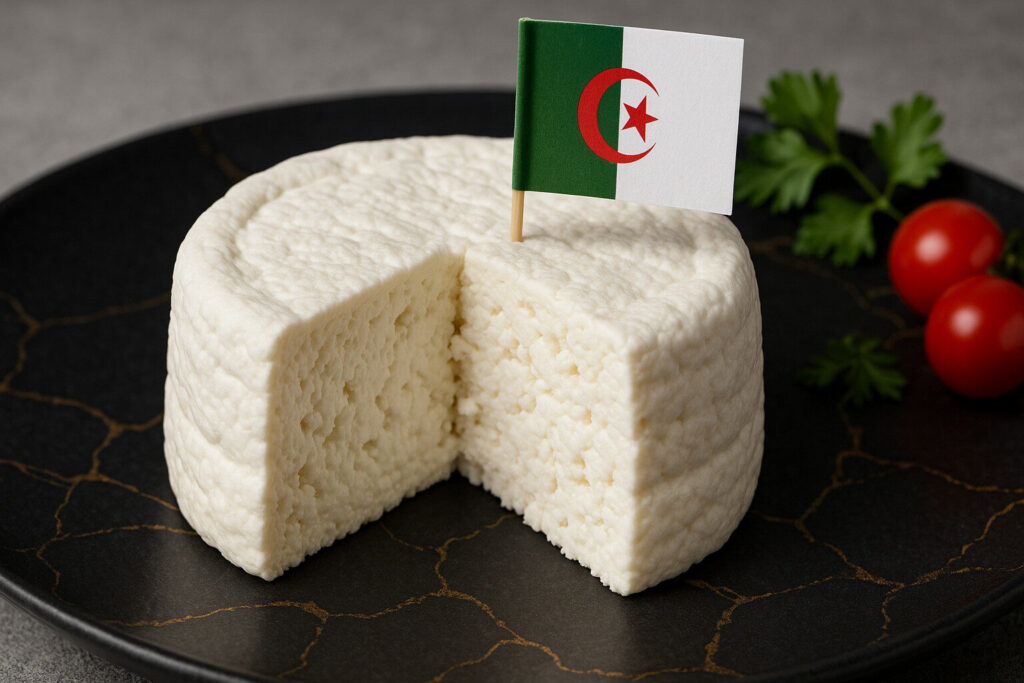Earthen Cellar Aged Cheese
Definition and Scope
Earthen cellar aged cheese refers to cheeses matured in underground cellars or caves. This traditional aging method utilizes natural environmental conditions to develop flavor and texture. The technique is primarily associated with European artisanal cheesemaking traditions.
These cheeses are characterized by their specific aging environment rather than milk type or production method. The category includes various styles from hard mountain cheeses to soft washed-rind varieties. Geographic indications often protect the most renowned examples of this cheese style.
Production Process
Production begins with standard cheesemaking techniques before transferring wheels to subterranean aging spaces. Cellars maintain consistent temperature between 8-12°C and humidity levels around 85-95%. These stable conditions allow for slow, controlled maturation over extended periods.
Cheesemakers regularly turn and brush the cheeses during aging to ensure even development. Some varieties undergo additional treatments like washing with brine or alcohol solutions. The aging period typically ranges from several months to multiple years depending on the desired characteristics.
Sensory Profile
Earthen cellar aging produces complex flavor profiles with pronounced earthy and mineral notes. These cheeses often develop umami characteristics and lingering savory finishes. The texture ranges from firm and crystalline to supple and unctuous depending on variety.
Common aroma notes include mushroom, forest floor, and wet stone elements. The rinds typically exhibit stronger earthy qualities while the paste maintains balanced acidity. Aging duration directly influences intensity and complexity of the sensory characteristics.
Culinary Applications
These cheeses serve as exceptional table cheeses for direct consumption with bread and charcuterie. Their robust flavors stand up well to full-bodied red wines and craft beers. Chefs value them for adding depth to cooked dishes and sauces.
Earthen cellar aged cheeses perform excellently in melting applications for fondues and gratins. Their concentrated flavors allow for economical use in culinary preparations. They pair particularly well with nuts, dried fruits, and honey in cheese course presentations.
Regional Examples
French Comté represents a classic example aged in the natural cellars of the Jura mountains. Swiss Emmentaler undergoes similar cave aging in the Alpine region. These protected designation of origin cheeses must follow strict aging protocols in specific geographical areas.
Italian Parmigiano-Reggiano matures in climate-controlled caves in the Parma region. Spanish Cabrales ages in natural limestone caves in the Asturias mountains. Each region’s unique terroir and microbial environment contributes distinct characteristics to the finished cheeses.

